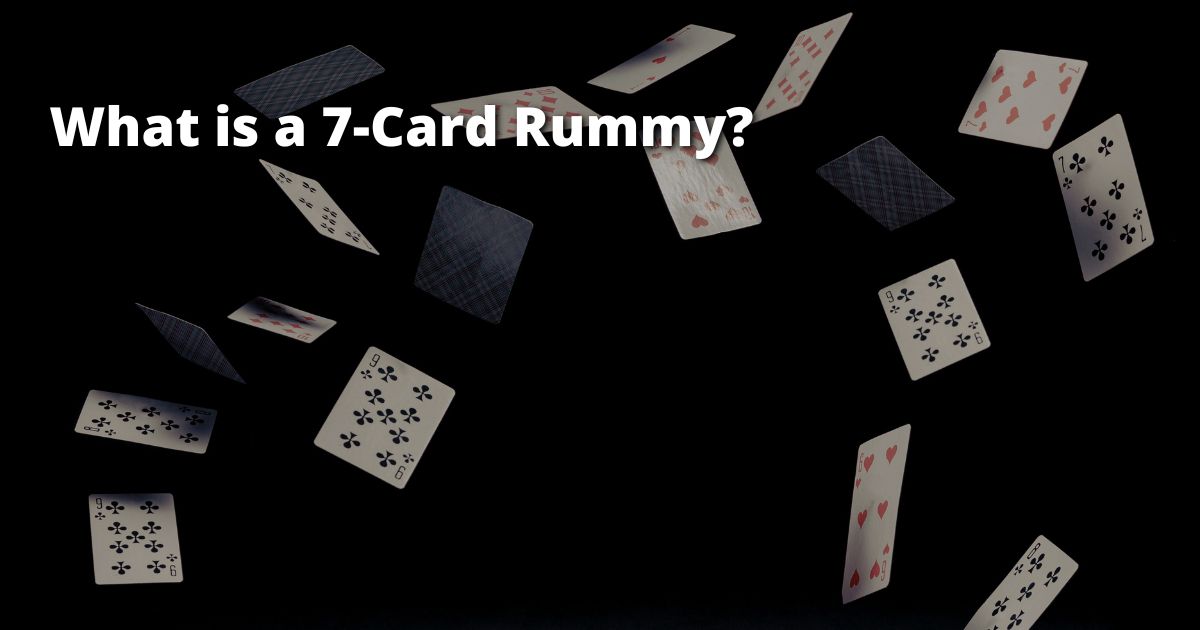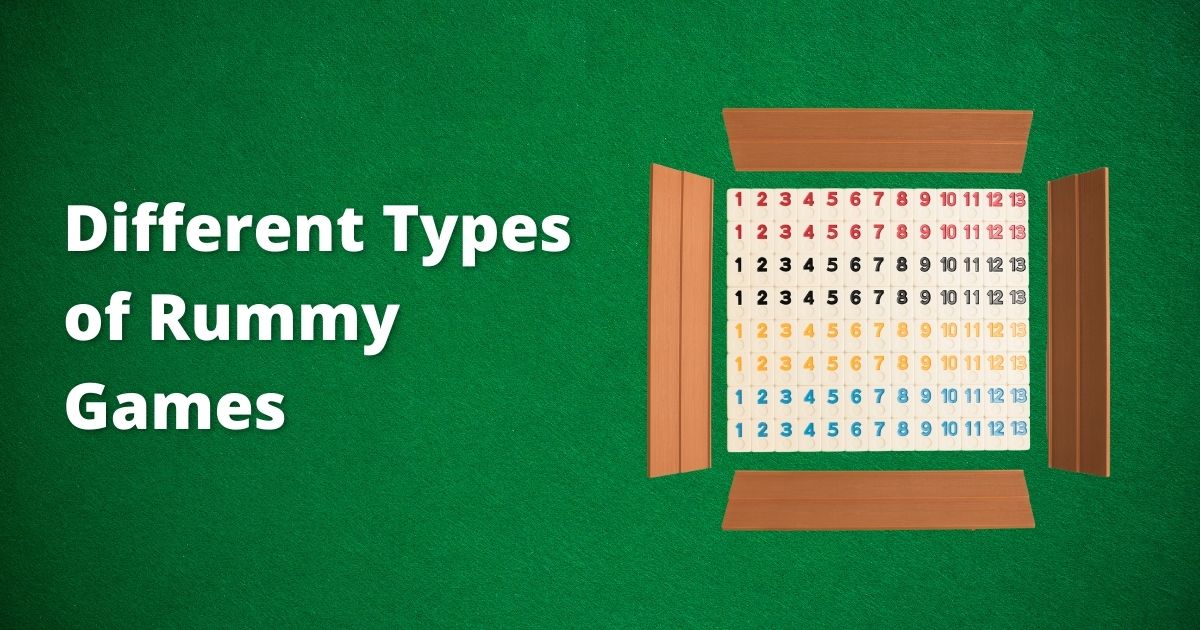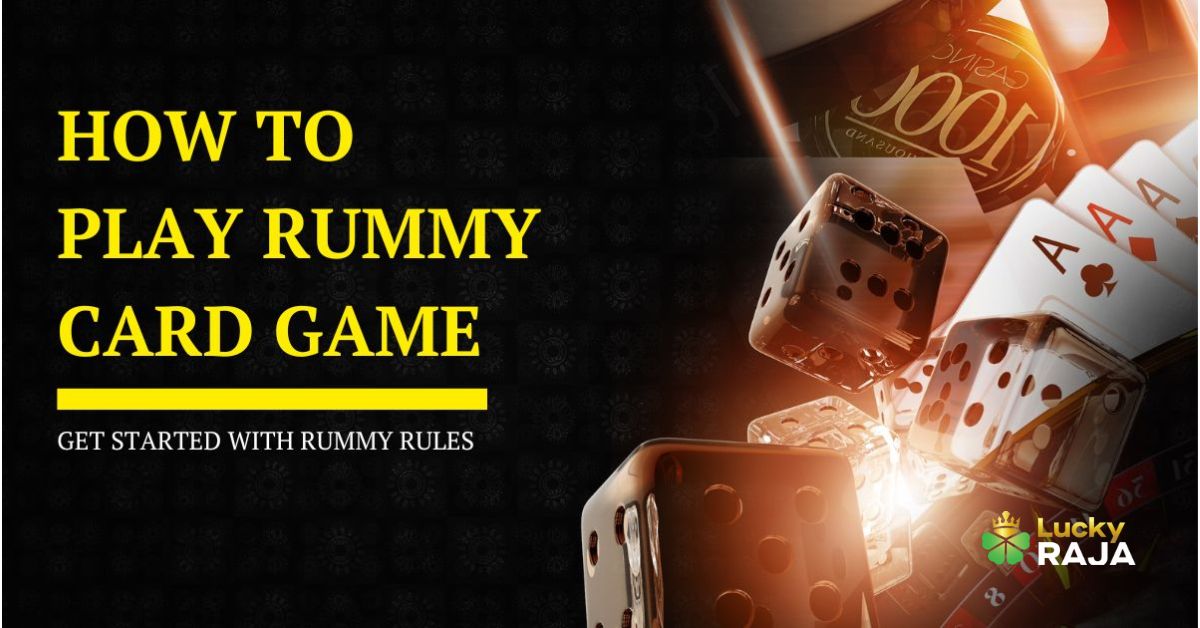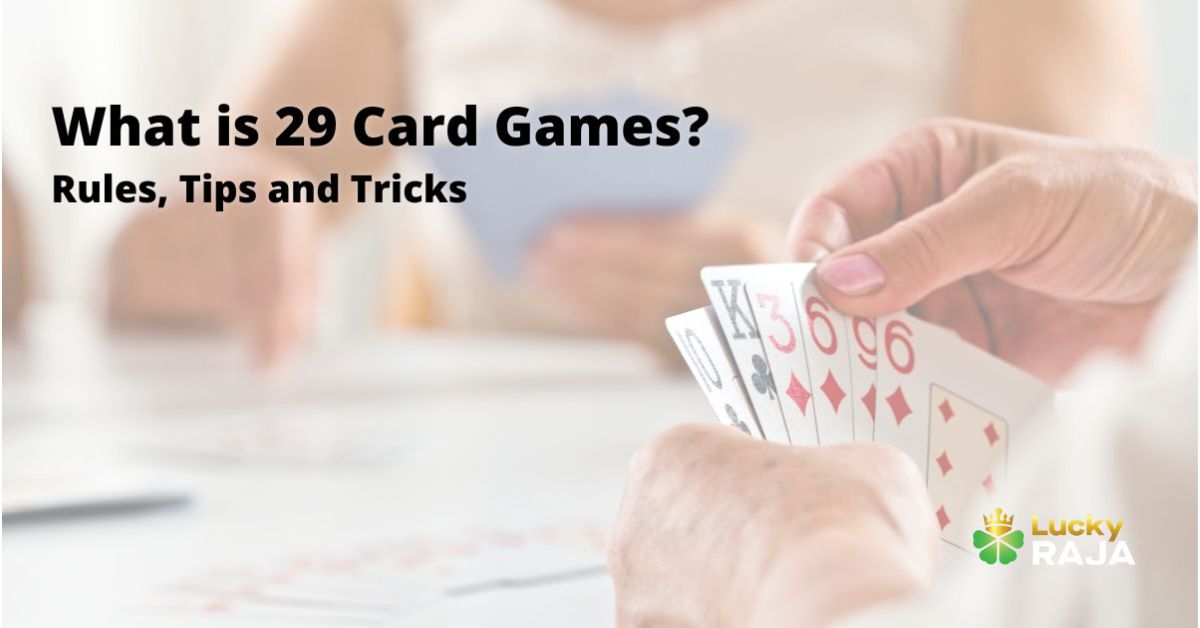7-Card Rummy is a popular variation of the classic rummy card game. It is easy to learn and fun to play, making it a favorite for casual gatherings or competitive matches. In this game, each player is dealt 7 cards, and the objective is to form valid sets and runs from the cards in hand. Unlike other rummy versions, like Gin Rummy, this game is played with a smaller hand, which adds an extra layer of excitement and strategy.
The primary goal in 7-Card Rummy is to create rummy hands by arranging your cards into sets (cards of the same rank) or runs (consecutive cards of the same suit). Players take turns drawing and discarding cards to improve their hands, aiming to complete the required combinations before their opponents. The game is fast-paced due to the smaller number of cards, and the player who completes their hand first, or has the best hand when the game ends, wins.
Whether you are playing with friends or online, 7-Card Rummy offers a thrilling experience that is simple enough for beginners yet engaging for experienced players. Now that you understand the basics, let's dive into how to play rummy in this 7-card variation.
How to play rummy, especially the 7-Card Rummy version is straightforward and can be broken down into easy steps. If you are already familiar with the general rummy card game rules, you will find this variant to be quite similar with a few adjustments.
To start, each player is dealt 7 cards from a standard deck of 52 cards. The remaining cards form a stockpile placed face down on the table, and one card is turned face-up to create a discard pile.
The goal of the game is to arrange your hand into valid sets and runs. A set is a group of three or four cards of the same rank (e.g., three 5s or four Kings), while a run is a sequence of three or more consecutive cards of the same suit (e.g., 3, 4, 5 of hearts). You will need to keep these combinations in mind as you follow the rummy game rules.
On each turn, a player can either draw a card from the stockpile or pick up the top card from the discard pile. After drawing, they must discard one card to the discard pile. The challenge is to keep improving your hand by collecting useful cards and discarding the ones you do not need. This simple process defines the core of how to play rummy cards.
The game ends when a player manages to arrange all 7 cards into valid rummy hands, combining rummy runs and sets. Once this is achieved, the player can declare their hand and win the round. If no player declares, the game continues until the stockpile runs out, at which point the player with the best hand wins according to the rummy card game rules.
In rummy rules, with 2 players, the gameplay is nearly identical, but the dynamics can be slightly more intense since there are fewer players drawing and discarding cards. This version of the game is fast-paced and perfect for a quick match.
By following these steps, you will master how to play rummy in its 7-card version in no time. Remember, the key is to stay focused on forming your rummy hands while keeping an eye on what your opponents are doing.
The rules of 7-Card Rummy are straightforward and easy to understand, making it a great choice for both beginners and seasoned players. Although this version of the game is similar to other rummy card game rules, its unique setup with 7 cards gives it a distinct flavor. Let’s break down the rummy rules for this variation so you can jump right into your next game with confidence.
The game starts by assigning 7 cards to each player. The rest of the deck is placed face down as the stockpile, and the top card is placed face up to start the discard pile. In this version, players must work with fewer cards compared to traditional rummy, so every card counts.
The primary goal in 7-Card Rummy is to form valid sets and runs. A set consists of 3 or 4 cards of the same rank (for example, three 8s or four Jacks), while a run is a sequence of 3 or more consecutive cards from the same suit (for instance, 4, 5, 6 of spades). The challenge is to use your rummy hands wisely to form these combinations before your opponents do.
On each turn, players have the option to either draw a card from the stockpile (the face-down deck) or take the top card from the discard pile. If the drawn card helps you complete a set or run, you should hold onto it. If not, discard it and try your luck on the next turn. This drawing and discarding pattern follows the basic rummy rules seen in other variants of the game.
4. Discarding Cards:
After drawing a card, players must discard one card into the discard pile. The goal here is to get rid of cards that do not contribute to a set or run, while simultaneously watching what your opponents discard. This can give you clues about the cards they need or do not need. Effective discarding is an essential part of mastering how to play rummy cards
The game ends when a player declares their hand by forming all their 7 cards into valid rummy hands (either sets or runs). The player must have at least one run to declare. After declaring, the player reveals their hand, and the other players compare their hands based on the rummy rules for scoring (more on scoring in the next section).
In 7-Card Rummy, you can only win by having the right combinations in your hand. This includes:
- Pure run: A sequence of consecutive cards from the same suit without using a joker (e.g., 2, 3, 4 of hearts).
- Set: A group of 3 or 4 cards of the same rank (e.g., three Queens).
- You can also have a second sequence (run) or set to complete your hand.
While some versions of 7-Card Rummy use jokers, this is not always mandatory. If jokers are in play, they can substitute for any card in a run or set. However, they cannot be used in a pure run. Make sure to clarify whether jokers are in play before you start your game.
- When playing with only two players, the game becomes quicker, as there are fewer cards in circulation. The rummy rules 2 players remain largely the same, but it is often more intense since every card drawn or discarded can have a major impact on the outcome of the game.
- In the case that no one declares, the game can end when the stockpile runs out. At this point, players compare their hands, and the one with the fewest unpaired cards (often called deadwood) wins. The penalty for unpaired cards can be calculated based on their face value, with Aces typically counting as 1 point, face cards as 10 points, and numbered cards as their face value.
By following these 7-card rummy rules, you will be ready to play the game smoothly. The game is simple but requires quick thinking and strategy, making it enjoyable for all skill levels.
The scoring system in 7-Card Rummy is designed to determine the winner based on the combinations players form with their cards. Understanding how the scoring works is essential for mastering the game, as it allows you to strategize more effectively. Whether you are aiming to declare first or minimize the penalty when the game ends without a declaration, the rummy rules for scoring are key to your success.
- If a player fails to declare their hand before the stockpile runs out, the game is evaluated based on the unmatched cards, also known as deadwood. In rummy card game rules, deadwood refers to any cards in a player's hand that are not part of a valid set or run. These cards are counted and their total point value is used to determine the score.
- Face cards (Kings, Queens, and Jacks) are worth 10 points each.
- Aces are typically worth 1 point unless otherwise specified.
- Numbered cards are worth their face value (for example, a 6 of clubs is worth 6 points).
The player with the lowest deadwood score wins if no one has declared a complete hand by the end of the game.
- When a player declares their hand and successfully reveals valid rummy hands (sets and runs), the game ends, and that player is the winner. The opponent’s deadwood is then totaled, and this value is their score for the round. The goal for the non-declaring players is to have as few unmatched cards as possible when another player declares.
- If you have a lot of unmatched cards (deadwood) when another player declares, you incur a higher score, which is considered a penalty. In rummy 7 and most other rummy variants, the goal is to minimize your points by forming as many valid combinations as possible before the game ends. Keeping a close eye on the cards your opponents discard can help you make strategic decisions and avoid being caught with high-value deadwood cards, like face cards or high-numbered cards.
- In some versions of 7-Card Rummy, special scoring rules may apply to pure runs and jokers (if used). A pure run (a sequence of consecutive cards from the same suit without using a joker) is often a mandatory requirement for declaring. If jokers are allowed, they can be used to substitute any card in a set or run, but cannot replace cards in a pure run. Failure to form a pure run may lead to a higher penalty, so always aim to prioritize completing this combination first.
- When playing with more than two players, scoring may continue across multiple rounds. After each round, the deadwood points are added up, and the player with the fewest points at the end of the agreed number of rounds wins. In many rummy games, including 7-Card Rummy, the player with the highest points is often the loser, as in this game, the objective is to have the lowest possible score.
- The rummy rules 2 players for scoring are the same as in multiplayer games, but the dynamics are different since there are fewer opponents. Scoring becomes more critical in 2-player matches, as each draw and discard has a direct impact on the outcome. In a 2-player game, keeping your deadwood low is essential to avoid losing with a high penalty.
- The game ends either when a player successfully declares or when the stockpile runs out. In the latter case, the rummy rules dictate that each player counts their deadwood, and the one with the fewest points wins the game. If playing multiple rounds, the final winner is determined by the player with the lowest total score across all rounds.
To win at 7-Card Rummy, you need to understand the different combinations of cards that form valid rummy hands. The main goal is to create sets and runs from the 7 cards in your hand before your opponents do. Let’s break down the essential combinations you will need to focus on during the game:
- A set is a group of three or four cards of the same rank but from different suits. For example:
- Three 8s from hearts, clubs, and spades.
- Four Kings from diamonds, hearts, spades, and clubs.
In rummy card rules, a valid set cannot have more than one card of the same suit. So, having two 8s of hearts and one 8 of spades does not count as a valid set.
- A run (also called a sequence) is a series of three or more consecutive cards of the same suit. For example:
- 4, 5, 6 of hearts.
- 10, Jack, Queen of Spades.
In rummy runs, the sequence must be from the same suit, and if jokers are in play, you can use them to replace any missing card in the run. However, a pure run (a run without a joker) is typically required for a valid declaration in Rummy 7.
- A pure run is a sequence of consecutive cards from the same suit without using a joker. For example:
- 2, 3, 4 of diamonds (no joker involved).
According to rummy rules, forming at least one pure run is mandatory to win the game. If you do not have a pure run, even if the rest of your hand forms valid sets and runs, you cannot declare.
- Some variations of the 7-Card Rummy allow the use of jokers, which can substitute for any card in a set or run. However, jokers cannot be used in a pure run. If jokers are allowed, they give you more flexibility in forming combinations, but their use should be strategic to avoid losing the game.
By focusing on creating these combinations, you will be able to form valid hands and improve your chances of winning.
Winning at 7-Card Rummy requires not only luck but also skill, strategy, and a good understanding of the rummy game rules. Here are some effective strategies to help you improve your chances of winning:
Since having at least one pure run is necessary to declare, your priority should always be to form a pure run as quickly as possible. Without this, you cannot win, even if the rest of your hand is complete. Keep an eye out for cards that could help you create a sequence without relying on jokers.
Watch closely what cards your opponents are discarding. This can give you valuable clues about their strategy and the cards they might be collecting. If you notice a pattern in their discards, try to avoid helping them by discarding cards they might need. Observing discards is one of the key strategies in mastering how to play rummy effectively.
High-value cards, like face cards (Kings, Queens, Jacks), can be risky to hold onto for too long because they add to your deadwood if the game ends without a declaration. One smart approach is to discard these high cards early unless they are part of a promising set or run. This minimizes your potential penalty if the game reaches its end.
If jokers are allowed, they can be a powerful tool for completing a set or run. However, do not waste jokers on incomplete hands too early in the game. Save them for when you are close to completing a sequence or set that will bring you closer to declaring. Remember that jokers can not be used in a pure run, so prioritize where they are most useful.
Declaring at the right moment is key to winning. Do not rush to declare too early if you are not sure of your hand, as a wrong declaration can lead to penalties. At the same time, do not wait too long, as your opponent might be close to completing their hand. Pay attention to the flow of the game and declare as soon as your hand is valid.
Try to be unpredictable with your discards. If you continuously discard low-value cards, your opponents might catch on to your strategy and try to use it against you. Mix up your discards to make it harder for others to figure out your strategy.
In a rummy rules 2 players scenario, the pace of the game is faster, and each draw or discard matters more. Keep the pressure on your opponent by quickly forming sets and runs while maintaining a low deadwood count. Since you only have one opponent, tracking their moves becomes even more important.
If you are struggling to complete a hand, you can switch to a defensive strategy by discarding cards that are less likely to help your opponent. For example, if you notice they are collecting spades, avoid discarding any cards from that suit. Defense can sometimes be your best tactic in a tough game.
By using these strategies, you can greatly improve your chances of winning at 7-Card Rummy. The key is to stay flexible, observe your opponents, and know when to be aggressive or defensive. With practice, you will become more adept at forming rummy hands and anticipating your opponent’s moves.
The 7-card game is typically called 7-Card Rummy, a variation of the rummy card game where each player is dealt 7 cards and must form valid sets and runs to win.
Yes, Jokers are often used in 7-Card Rummy. They can substitute for any card to complete a sequence or set. However, specific rules about Joker usage may vary depending on the version of the game being played.
The primary difference lies in the number of cards dealt to each player. In traditional Rummy, players are usually dealt 10 or 13 cards, whereas in 7-Card Rummy, only seven cards are dealt. This makes 7-Card Rummy faster-paced and often simpler for beginners.
Scoring in 7-Card Rummy depends on the cards left in your hand when another player declares:
Number cards carry their face value.
Face cards (J, Q, K) are worth 10 points each.
Aces are worth either 1 or 11 points, depending on the rules.
The player with the lowest score at the end of all rounds is declared the winner.
Yes, many online platforms and mobile apps offer 7-Card Rummy. Players can compete against others in real-time or practice against AI opponents. These platforms often include tutorials to help new players learn the rules.
A single round of 7-Card Rummy typically lasts 5–15 minutes, depending on the number of players and their familiarity with the game. It is faster-paced than 13-Card Rummy due to the smaller hand size.









__1741452026-0.jpg)











